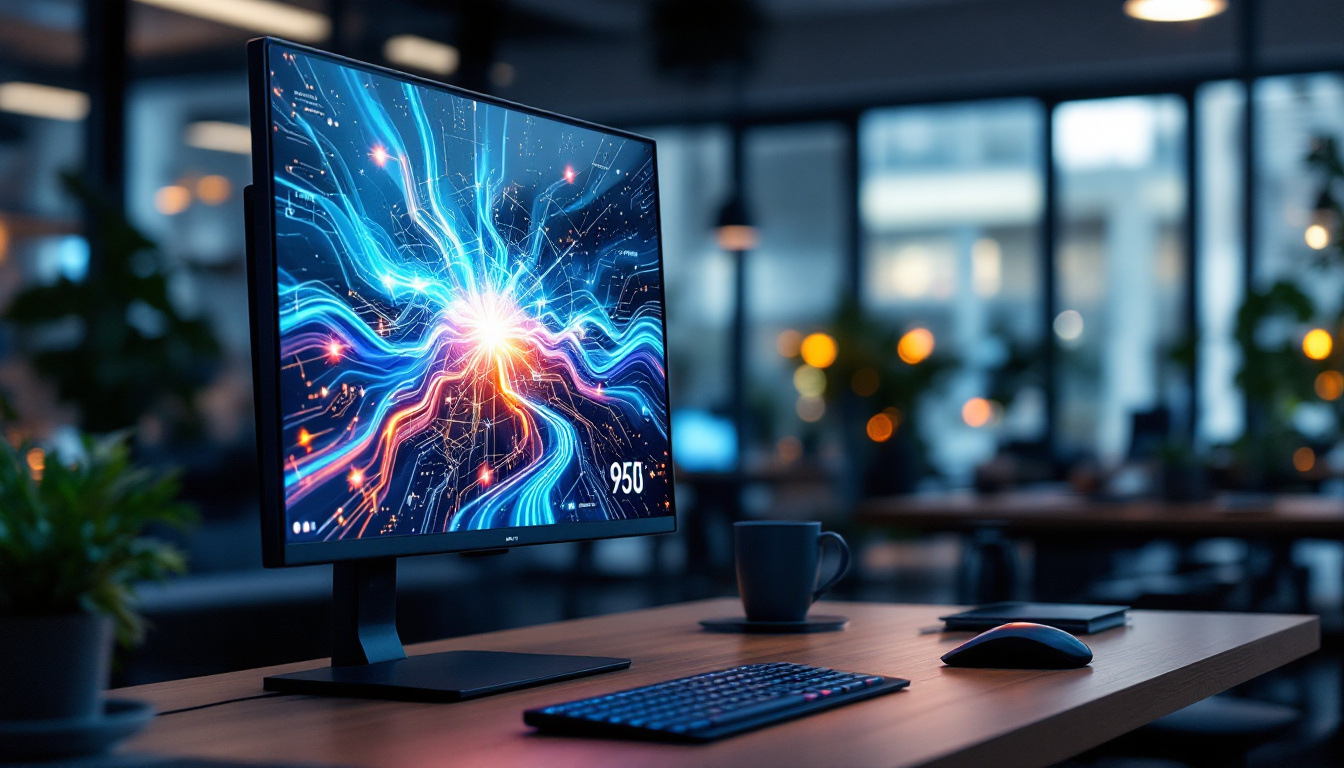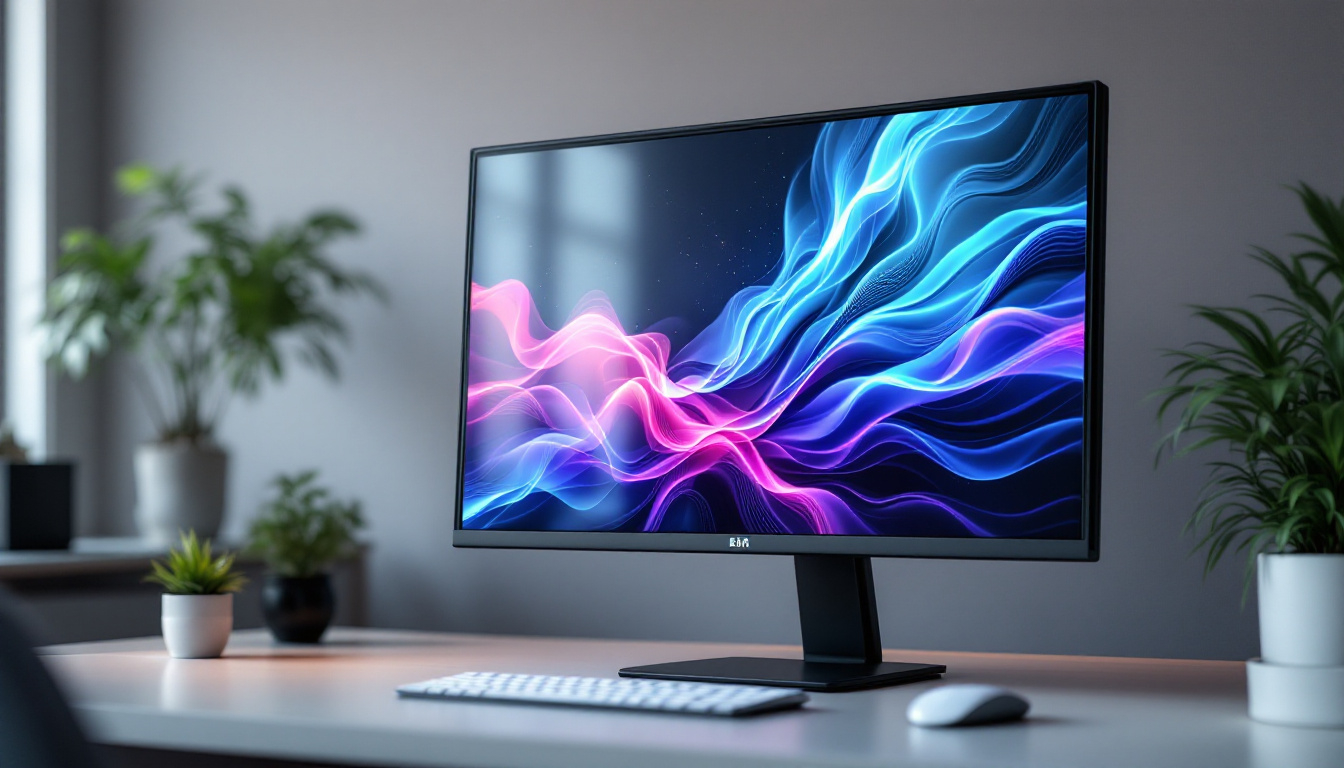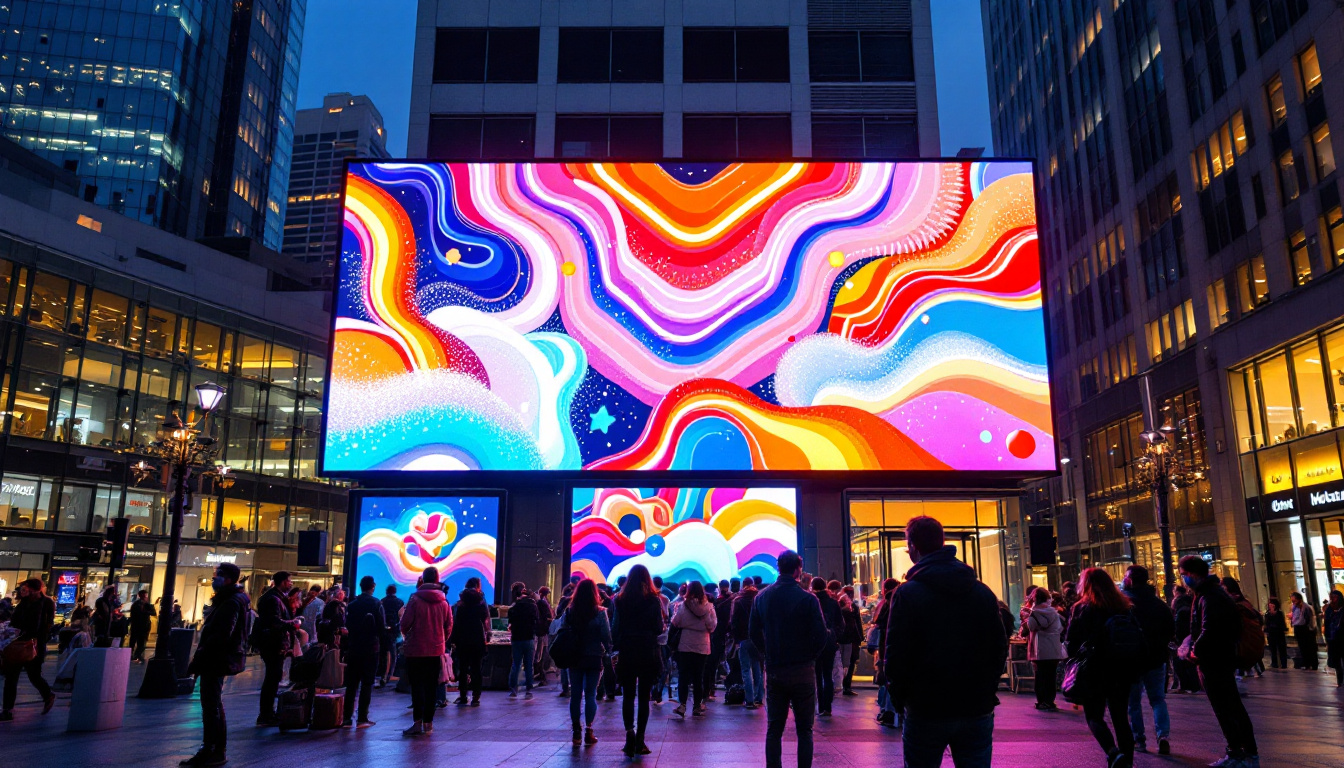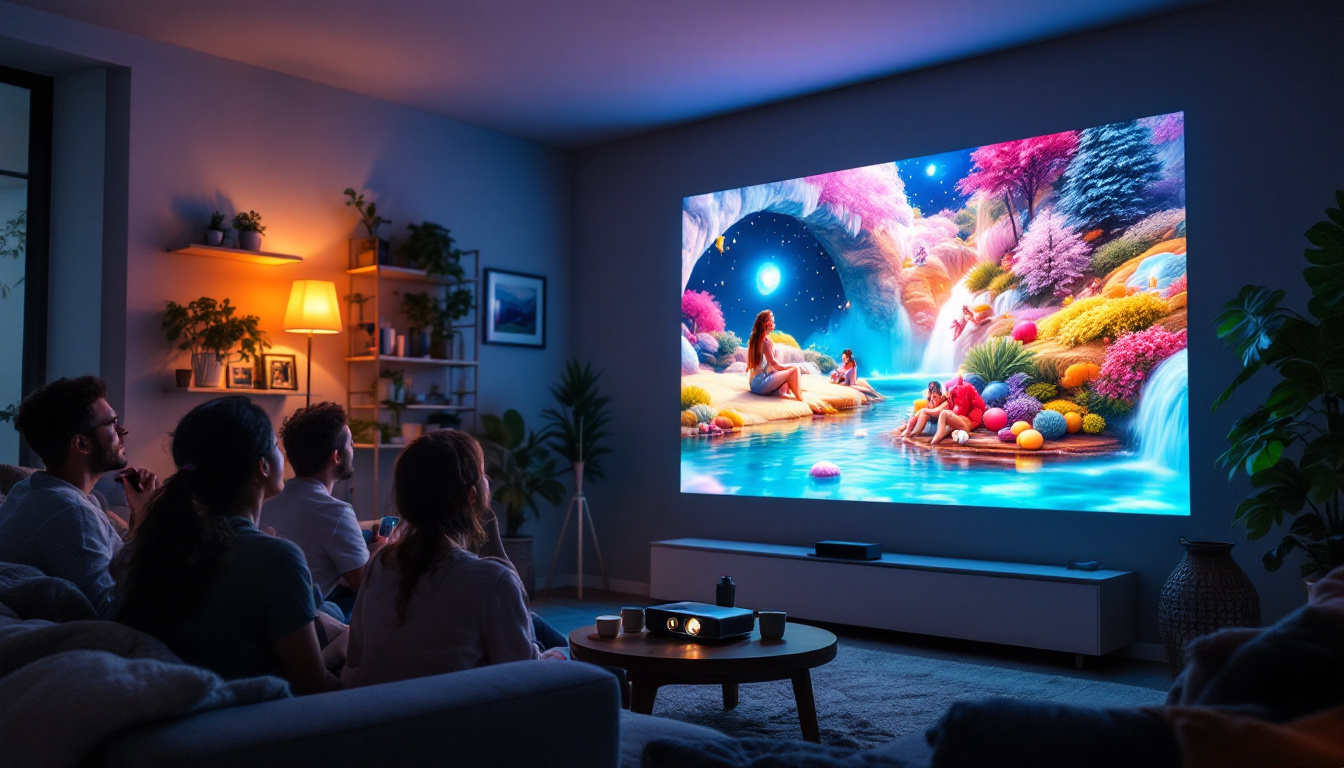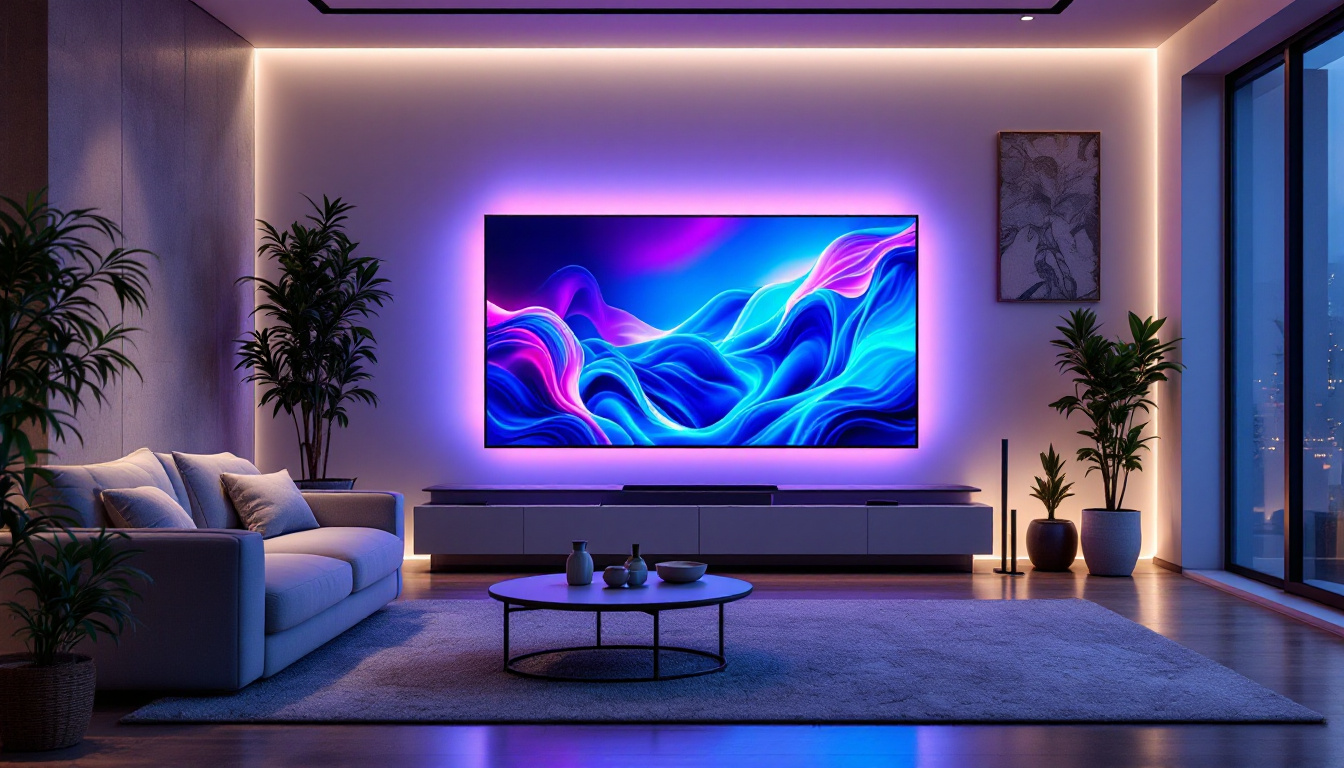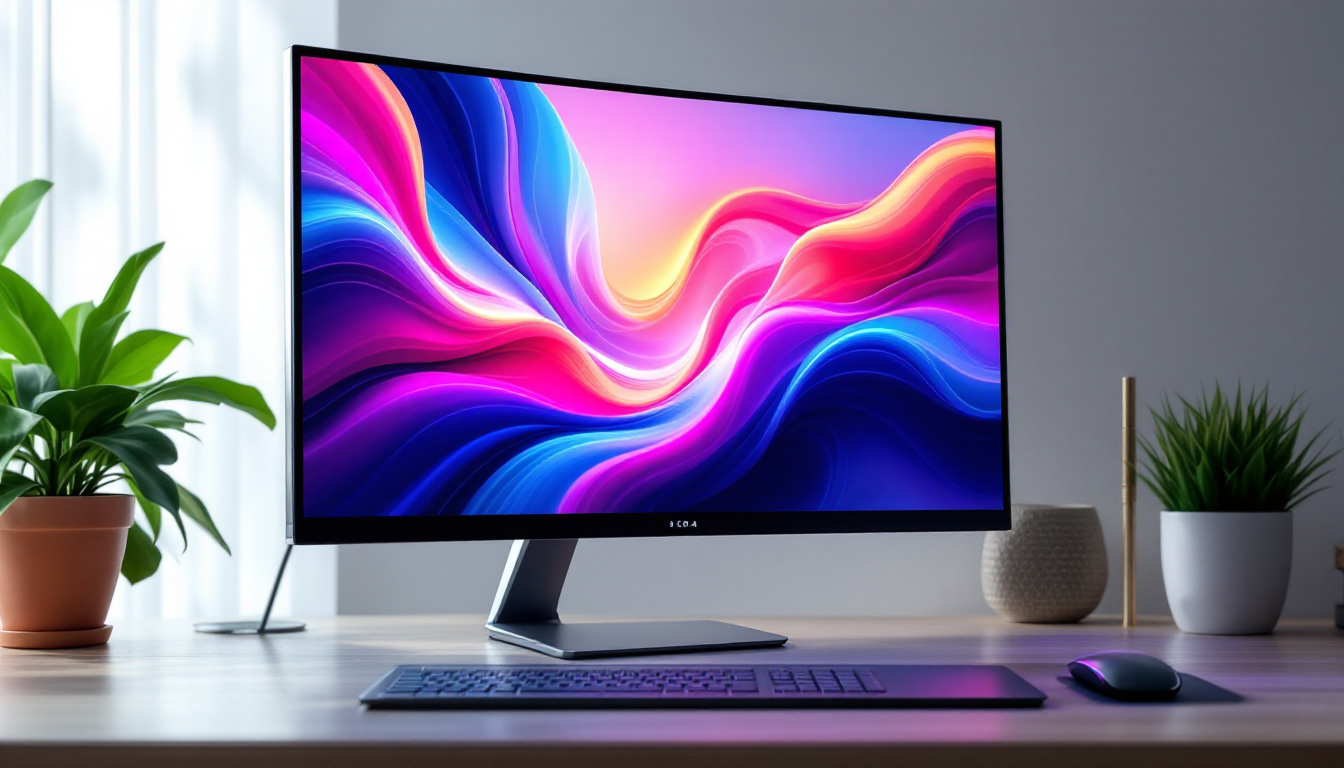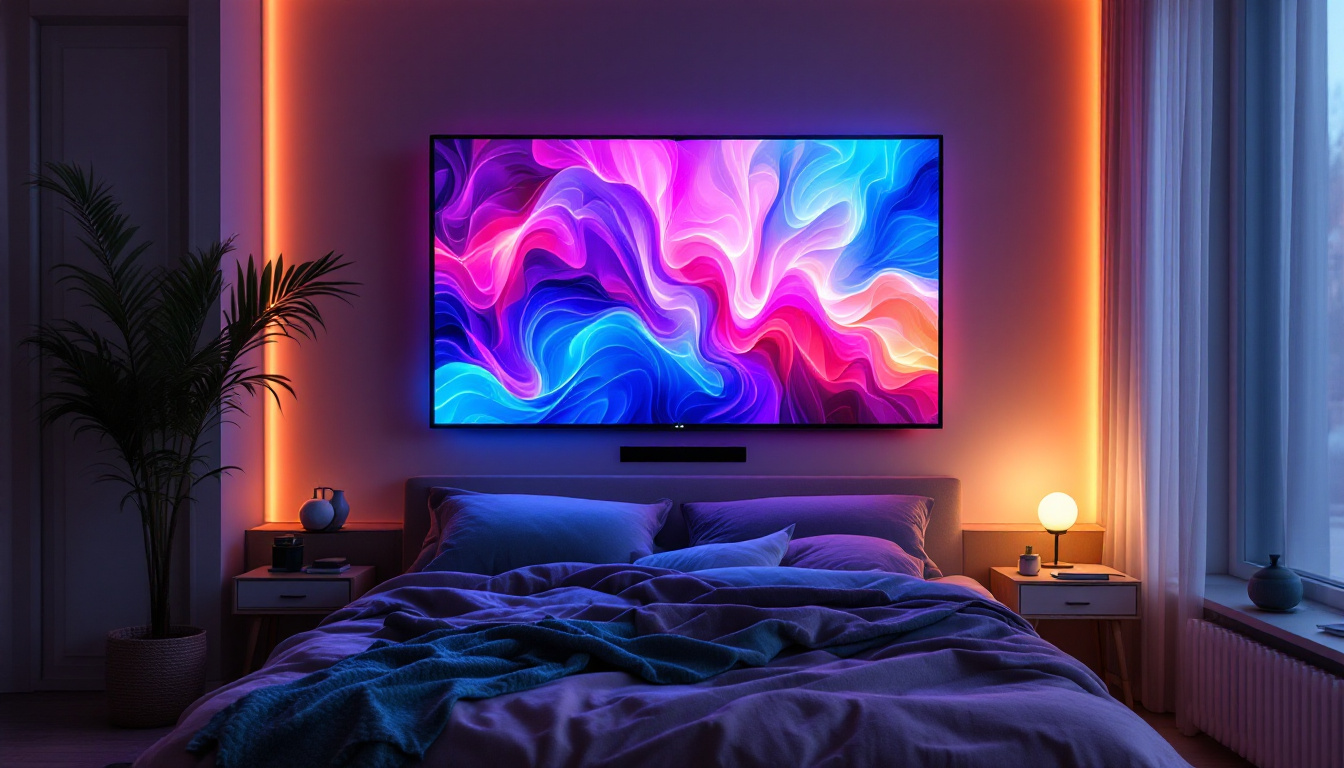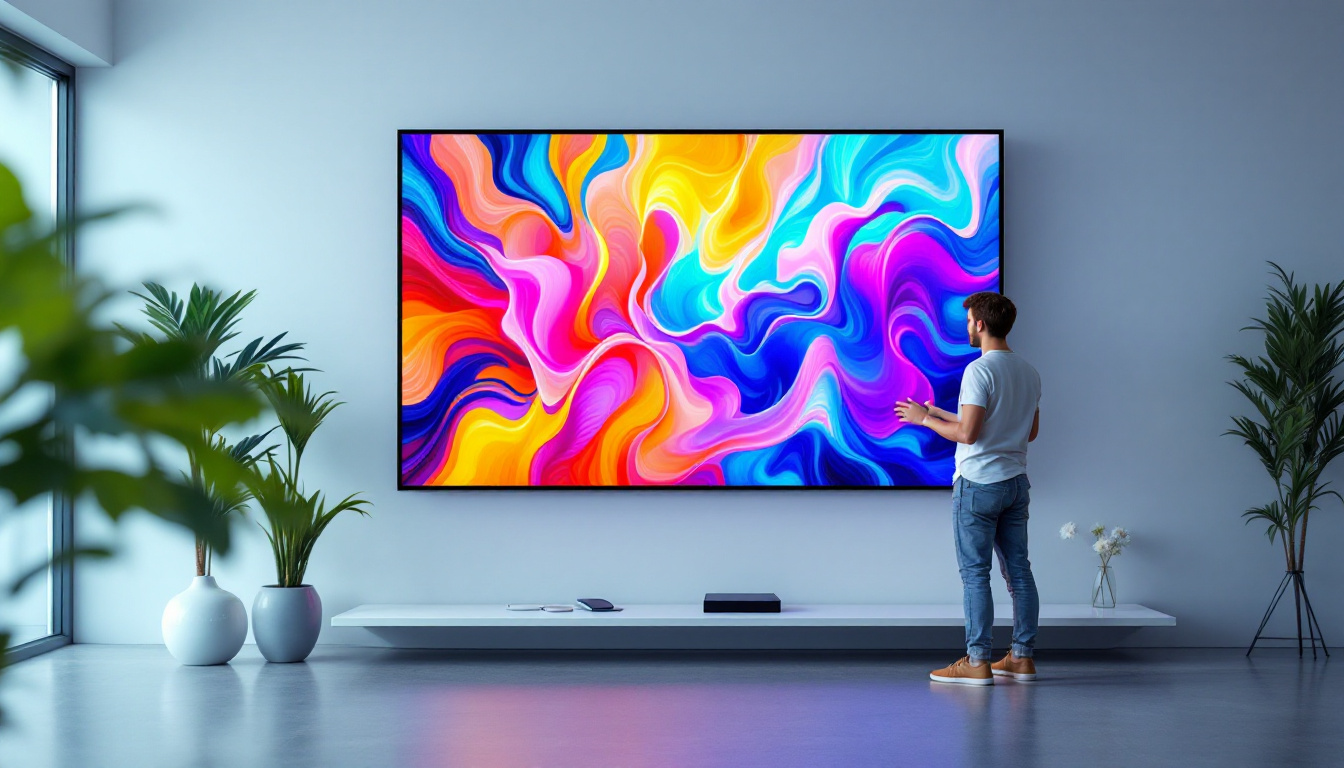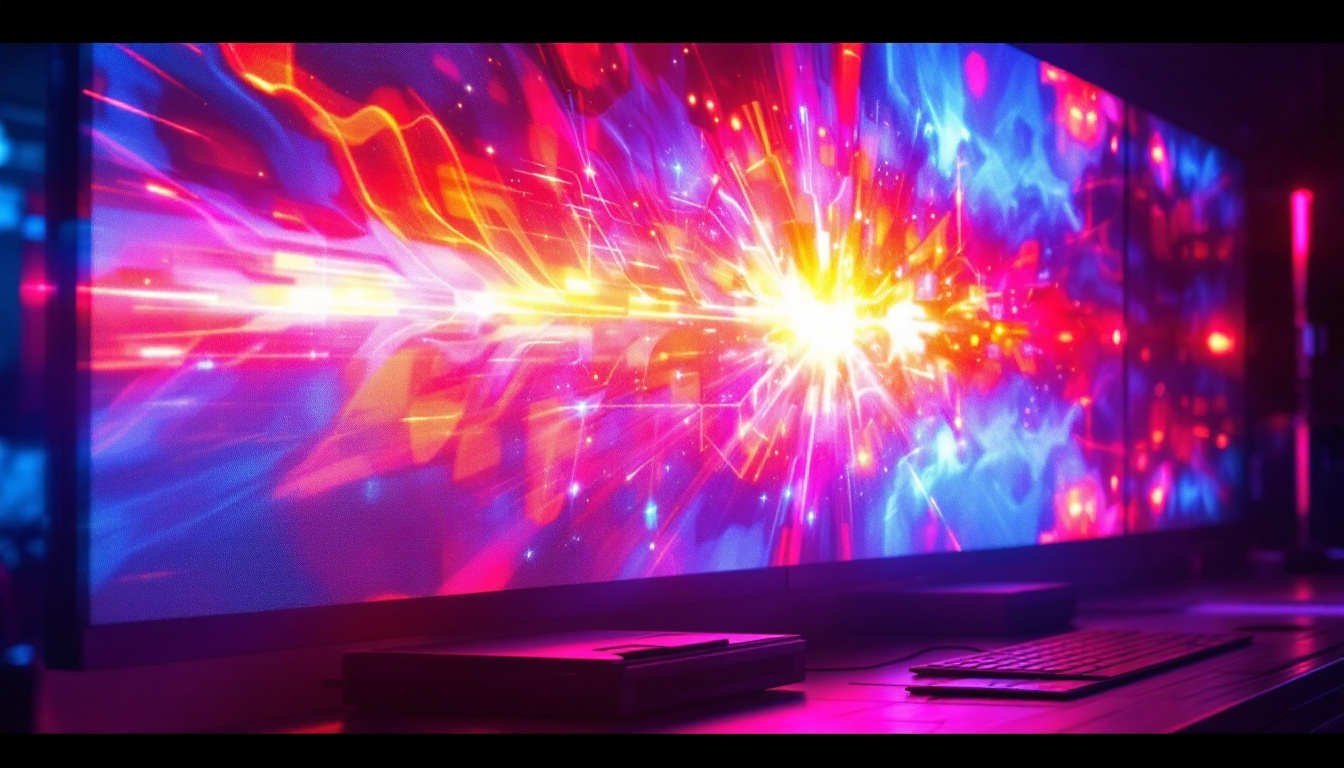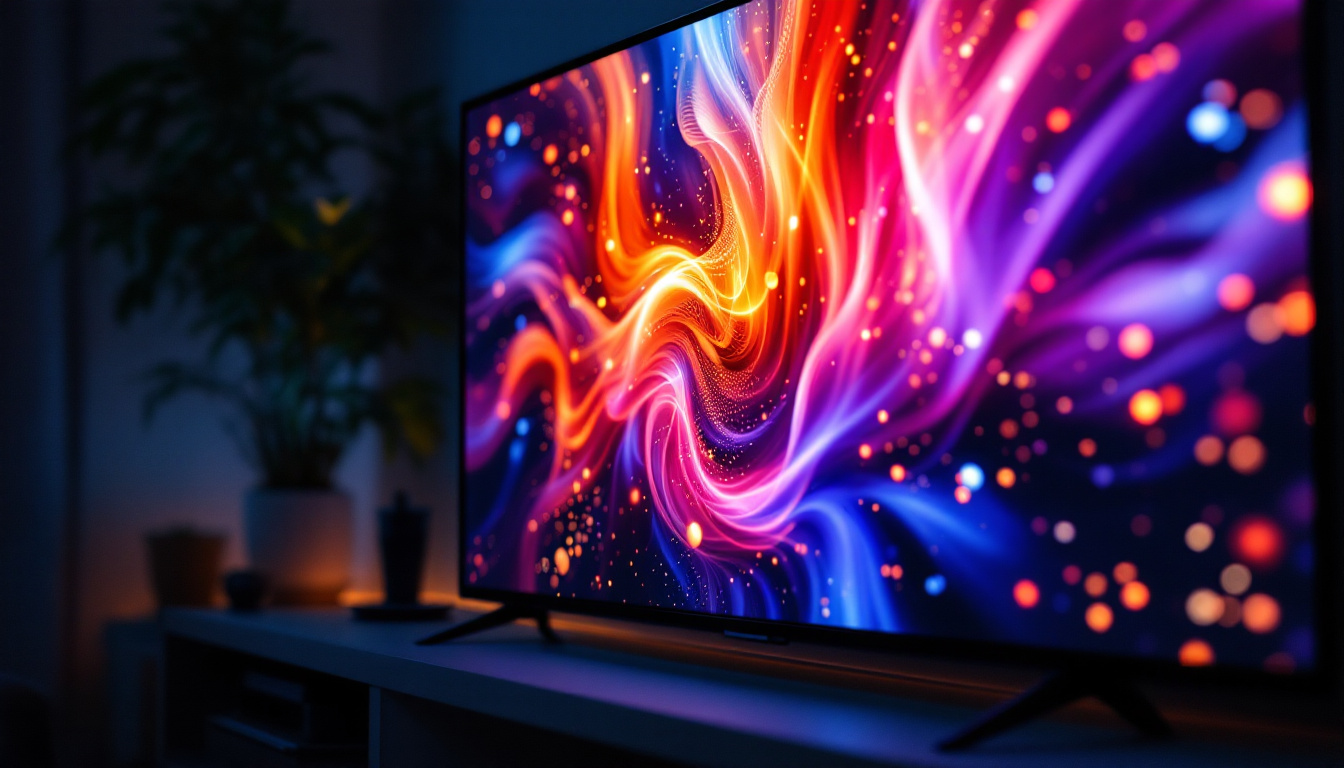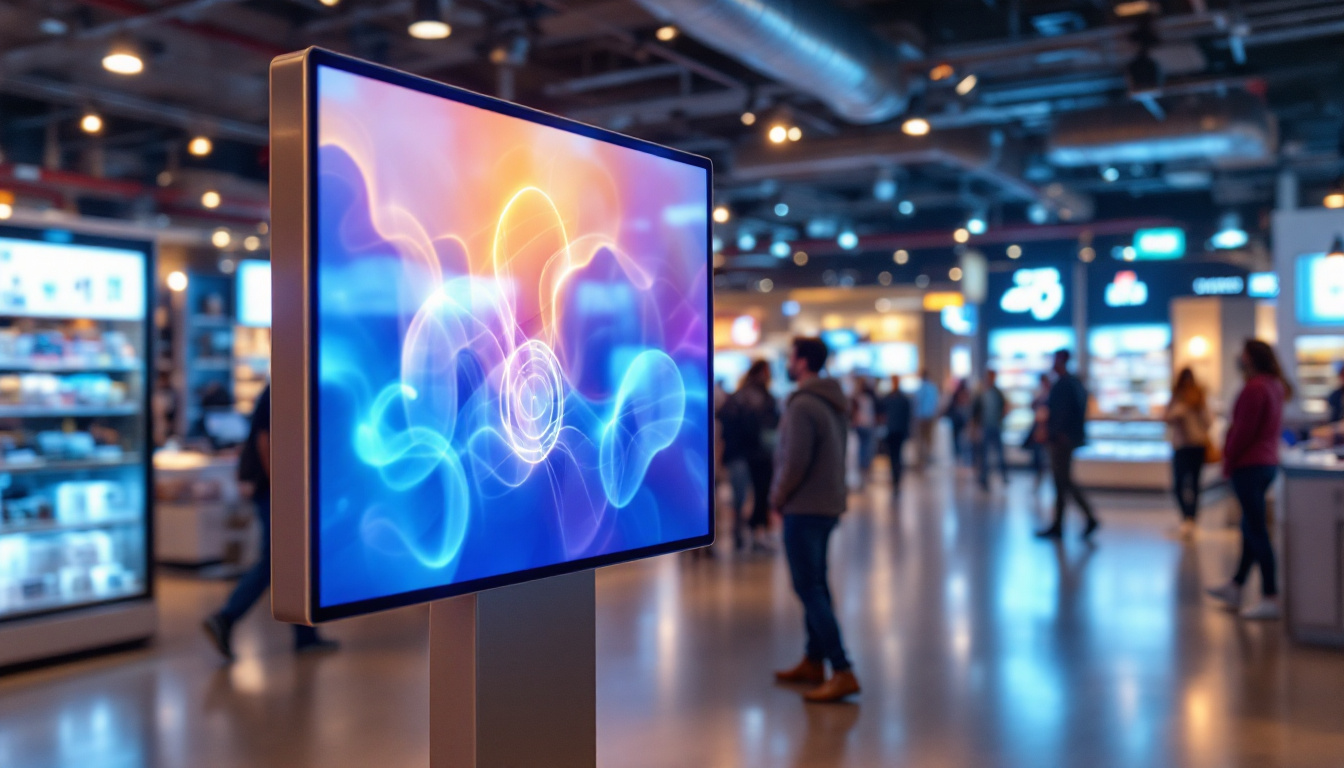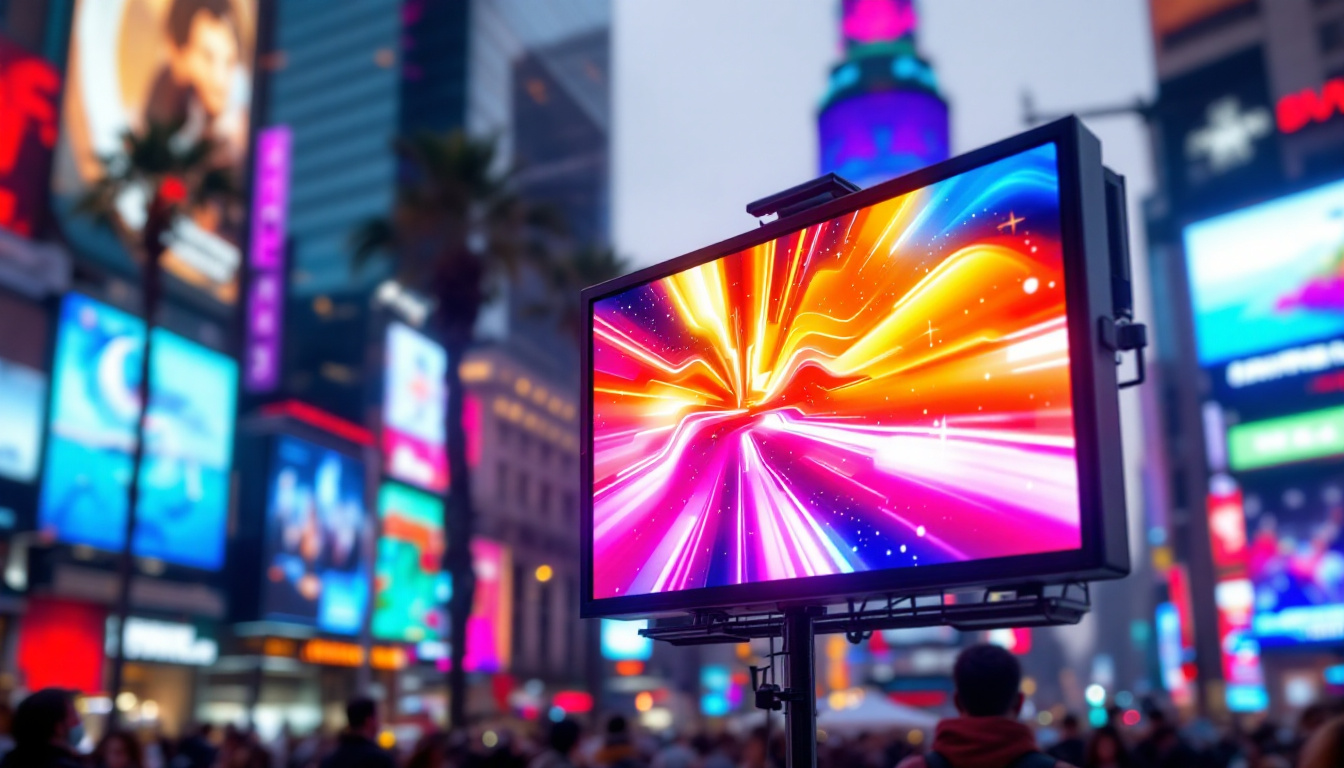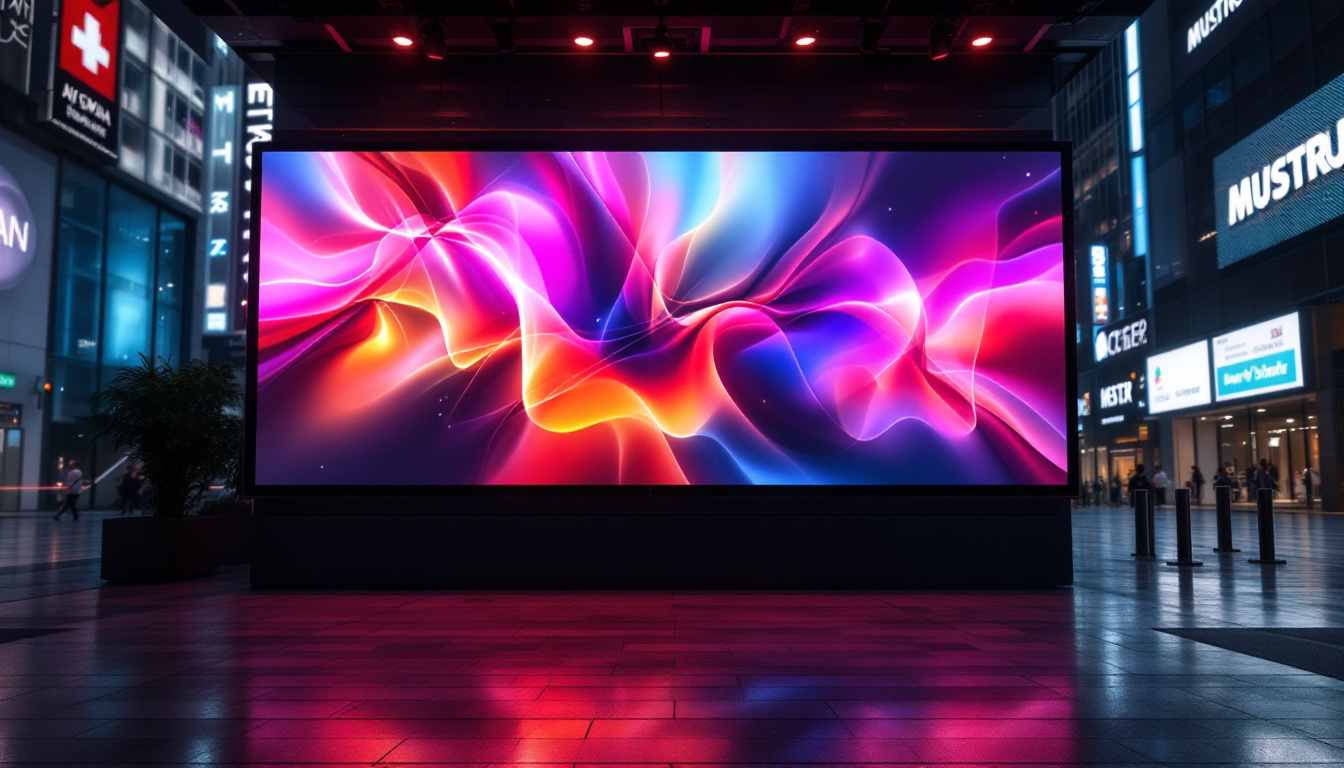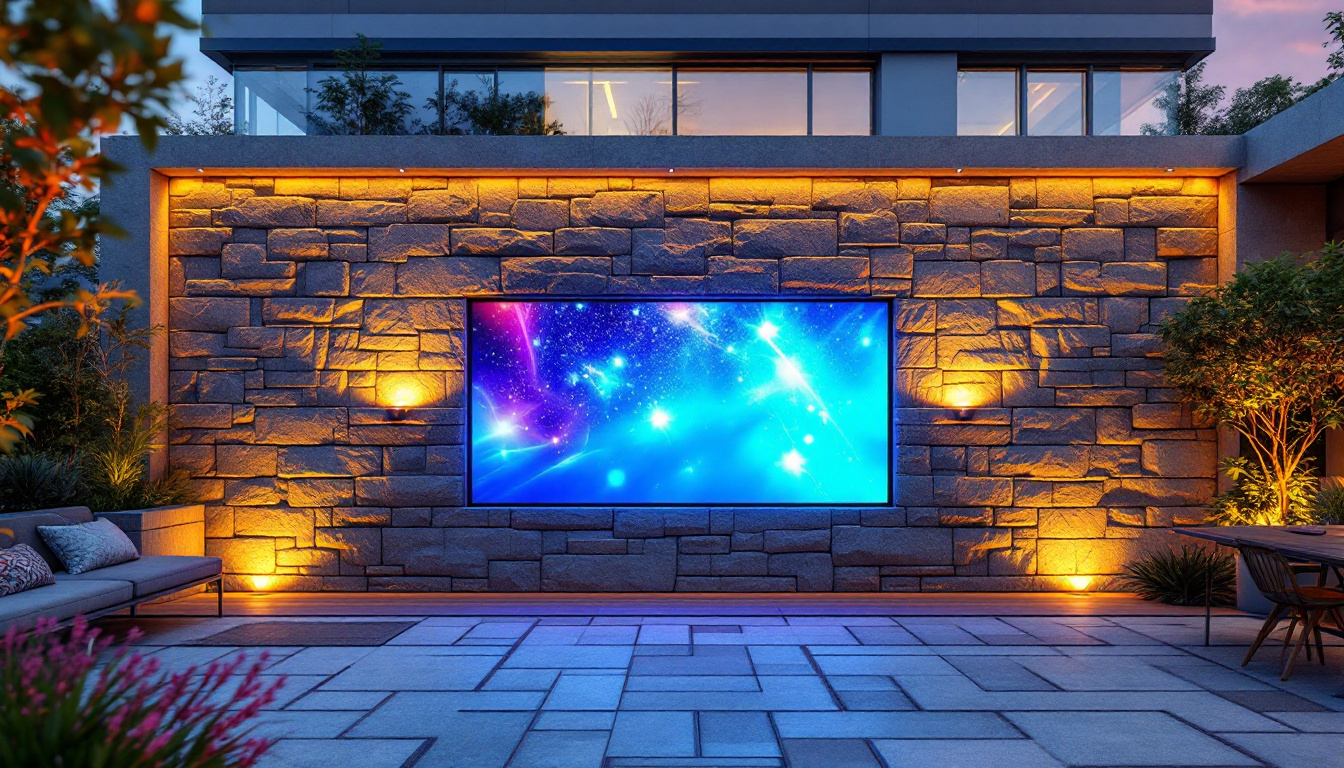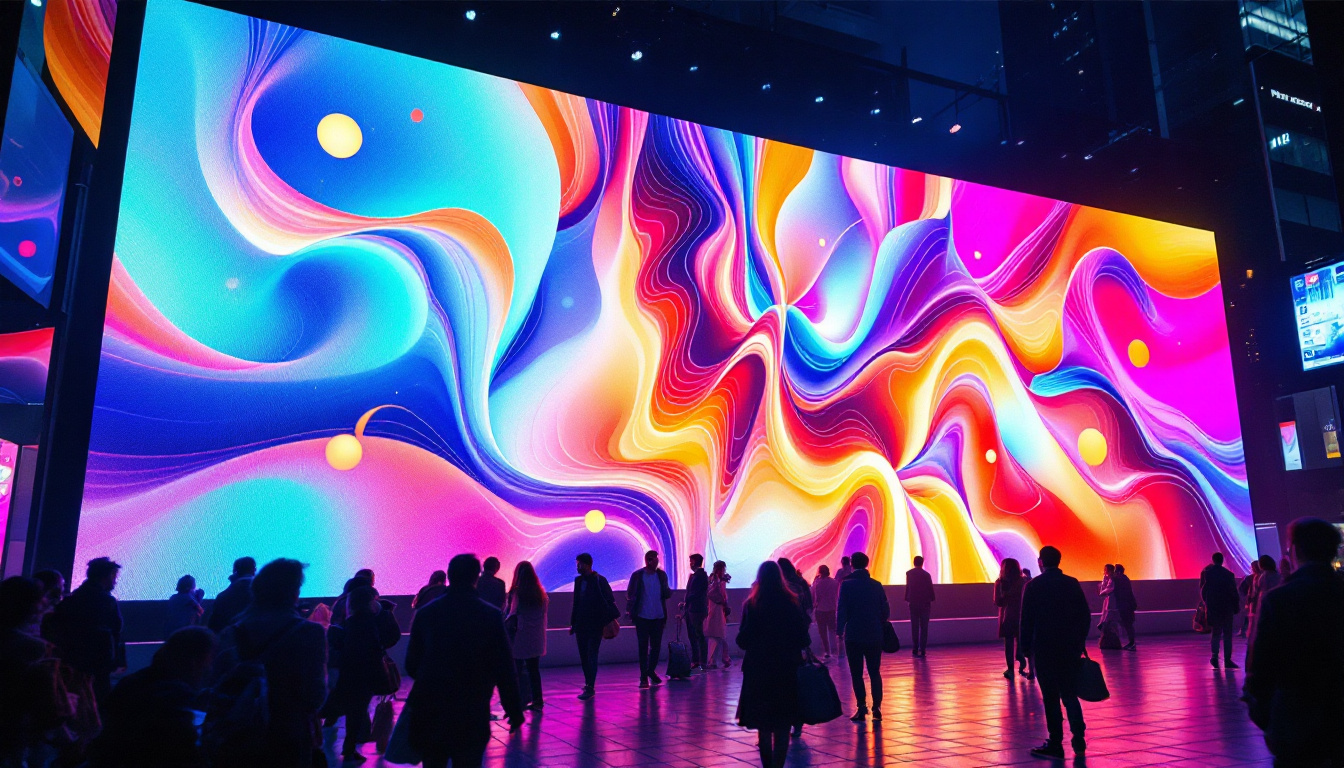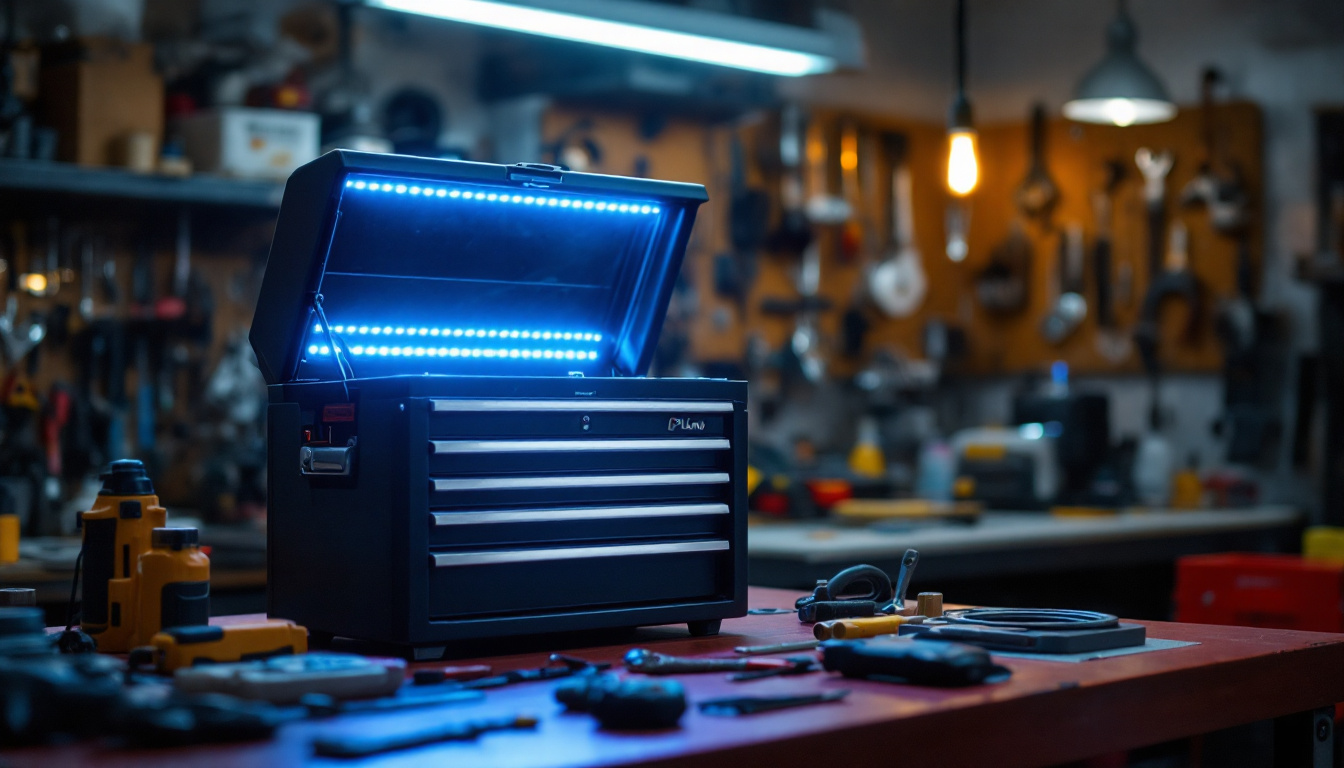In recent years, vertical screen monitors have gained popularity among professionals and gamers alike. Their unique orientation offers a variety of benefits, especially for tasks that require extensive scrolling or a broader view of content. This article delves into the intricacies of vertical screen monitors, particularly focusing on LED displays, their advantages, and how they can enhance productivity and entertainment experiences.
Understanding Vertical Screen Monitors
Vertical screen monitors, also known as portrait monitors, are designed to be used in a vertical orientation rather than the traditional horizontal layout. This design is particularly useful for specific applications such as coding, graphic design, and reading lengthy documents. The vertical format allows users to see more lines of text at once, reducing the need for constant scrolling.
Applications of Vertical Monitors
Vertical monitors are not just a trend; they serve practical purposes across various fields. For instance, web developers often prefer vertical screens for coding, as they can view more lines of code simultaneously. Graphic designers also benefit from this setup, as it allows them to see their work in a format similar to mobile devices, which are predominantly used in portrait mode.
In addition to creative fields, vertical monitors are gaining traction in business environments. Professionals who work with spreadsheets or data analysis find vertical displays particularly useful. The ability to view more columns of data without horizontal scrolling enhances efficiency and reduces eye strain. Furthermore, industries such as journalism and content creation have adopted vertical monitors to facilitate the editing and formatting of articles, allowing writers to see their entire piece without the distraction of excessive scrolling.
Benefits of Using Vertical Monitors
One of the primary advantages of vertical monitors is the significant increase in productivity. Users can manage multiple windows or applications side by side without losing visibility. This setup is ideal for multitasking, allowing for seamless transitions between different tasks. Additionally, vertical monitors can be particularly beneficial for social media managers who need to monitor multiple feeds or posts simultaneously, as the portrait orientation provides a more comprehensive view of content.
Moreover, vertical monitors can help reduce neck and eye strain. Traditional horizontal monitors often require users to tilt their heads or adjust their posture, leading to discomfort over time. Vertical displays can be adjusted to eye level, promoting a more ergonomic workspace. This ergonomic advantage is especially important in today’s work culture, where long hours in front of a screen are common. By optimizing the viewing angle and reducing glare, vertical monitors contribute to a healthier work environment, encouraging users to maintain better posture and reducing the risk of repetitive strain injuries.
The Technology Behind LED Displays
LED (Light Emitting Diode) technology has revolutionized the display industry, offering brighter, more energy-efficient screens. LED monitors use a backlight to illuminate the screen, which contributes to their vibrant colors and sharp images. Understanding the technology behind LED displays can help users make informed decisions when selecting a vertical monitor.
How LED Displays Work
LED displays consist of a matrix of tiny light-emitting diodes that create images by varying the intensity of light. This technology allows for a wider color gamut and better contrast compared to traditional LCD displays. The backlighting in LED monitors can be either edge-lit or full-array, with full-array providing superior brightness and uniformity across the screen.
Additionally, LED displays are known for their rapid response times, making them ideal for fast-paced applications such as gaming and video editing. The ability to display high refresh rates without motion blur enhances the overall viewing experience. This responsiveness is particularly beneficial in competitive gaming, where every millisecond counts, allowing players to react swiftly to fast-moving action on screen.
Advantages of LED Technology
LED monitors offer several advantages over traditional display technologies. They are generally more energy-efficient, consuming less power while providing brighter images. This efficiency translates into lower electricity bills and a reduced carbon footprint, making LED displays an environmentally friendly choice. Moreover, many manufacturers are now incorporating sustainable practices in their production processes, further enhancing the eco-friendliness of LED technology.
Furthermore, LED displays have a longer lifespan compared to other technologies. Users can expect their monitors to last for several years without significant degradation in quality, making them a cost-effective investment in the long run. The durability of LED technology also means that they are less prone to issues such as burn-in, which can affect older display types, ensuring that users enjoy consistent performance throughout the monitor’s life. This longevity, combined with the advancements in LED technology, has made it a preferred choice for both casual users and professionals alike, from graphic designers to content creators who rely on precise color accuracy and reliability.
Choosing the Right Vertical Screen Monitor
Selecting the ideal vertical screen monitor involves considering various factors, including screen size, resolution, and connectivity options. Understanding these elements can help users find a monitor that meets their specific needs and enhances their overall experience.
Screen Size and Resolution
Screen size is a crucial factor when choosing a vertical monitor. Larger screens provide more real estate for multitasking, while smaller screens may be more suitable for compact workspaces. A common size for vertical monitors ranges from 24 to 32 inches, depending on user preference and available desk space.
Resolution is equally important, as it determines the clarity and detail of the images displayed. Monitors with higher resolutions, such as 4K, offer sharper images and more vivid colors, which are essential for graphic design and video editing. However, for general office tasks, a Full HD (1920×1080) resolution may suffice.
Connectivity Options
Modern vertical monitors come equipped with various connectivity options to ensure compatibility with different devices. Common ports include HDMI, DisplayPort, and USB-C. Users should consider their existing hardware and choose a monitor that offers the necessary connections for seamless integration.
Additionally, features such as built-in USB hubs can enhance productivity by providing easy access to peripherals like keyboards and mice. This convenience can streamline workflows and reduce clutter on the desk.
Adjustability and Ergonomics
One of the key features to look for in a vertical screen monitor is adjustability. Monitors that offer height, tilt, and swivel adjustments allow users to customize their viewing experience for maximum comfort. This is particularly important for those who spend long hours in front of their screens.
Importance of Ergonomic Design
Ergonomic design is essential for maintaining a healthy workspace. A monitor that can be adjusted to eye level helps prevent neck and back strain, promoting better posture. Users should also consider the monitor’s stand and whether it allows for easy adjustments without requiring excessive force.
Furthermore, monitors with blue light filters and flicker-free technology can help reduce eye fatigue, making them suitable for extended use. These features contribute to a more comfortable viewing experience, allowing users to focus on their tasks without distraction.
VESA Compatibility
VESA (Video Electronics Standards Association) compatibility is another important consideration. Monitors that adhere to VESA standards can be easily mounted on adjustable arms or wall mounts, providing additional flexibility in positioning. This can be particularly beneficial in collaborative workspaces where multiple users may need to adjust the monitor’s orientation frequently.
Vertical Monitors for Gaming
While vertical monitors are often associated with productivity tasks, they can also enhance the gaming experience. Gamers are increasingly exploring vertical setups for specific genres, such as strategy games, where a broader view of the battlefield can provide a competitive edge.
Benefits for Gamers
Vertical monitors can offer several advantages for gamers. The increased vertical space allows players to see more of the game environment, which can be crucial for spotting enemies or navigating complex maps. Additionally, many modern games support vertical resolutions, making it easier to immerse oneself in the gameplay.
Moreover, the fast response times and high refresh rates of LED displays contribute to a smoother gaming experience. Gamers can enjoy fluid motion without lag, enhancing their overall enjoyment and performance.
Setting Up a Vertical Gaming Station
Creating a vertical gaming station involves careful planning and consideration of various elements. Users should ensure that their gaming setup is ergonomically sound, with the monitor positioned at eye level to prevent strain. Additionally, the placement of peripherals such as keyboards and mice should facilitate comfortable gameplay.
Lighting is another crucial aspect to consider. Proper ambient lighting can reduce glare on the screen and enhance the overall gaming atmosphere. Users may also want to experiment with RGB lighting to create a visually appealing environment that complements their gaming style.
Conclusion
Vertical screen monitors, particularly those utilizing LED technology, offer a plethora of benefits for both professional and recreational use. Their unique orientation enhances productivity, reduces eye strain, and provides a more immersive experience for gamers. When selecting a vertical monitor, users should consider factors such as screen size, resolution, adjustability, and connectivity options to find the perfect fit for their needs.
As the demand for vertical monitors continues to rise, it is clear that they are more than just a passing trend. Their practical applications across various fields, combined with the advantages of LED technology, make them a worthwhile investment for anyone looking to enhance their workspace or gaming setup.
In conclusion, embracing the vertical screen monitor can lead to improved efficiency, comfort, and enjoyment in both work and play. As technology evolves, these monitors will likely become an integral part of modern computing, shaping the way users interact with their digital environments.
Discover LumenMatrix’s Advanced LED Displays
Ready to elevate your vertical screen experience? LumenMatrix is at the forefront of LED display innovation, offering a wide array of solutions tailored to your professional and recreational needs. From immersive Indoor LED Walls to dynamic Outdoor LED Displays, and from versatile Vehicle LED Displays to sleek LED Poster Displays, our products are designed to revolutionize your visual communication. Embrace the future of digital signage with LumenMatrix’s LED Sports Displays, interactive Floor LED Displays, and the revolutionary All-in-One LED Display. Experience unparalleled clarity and impact with our Custom LED Displays and LED Transparent Displays. Check out LumenMatrix LED Display Solutions today and transform your digital environment with cutting-edge technology.

